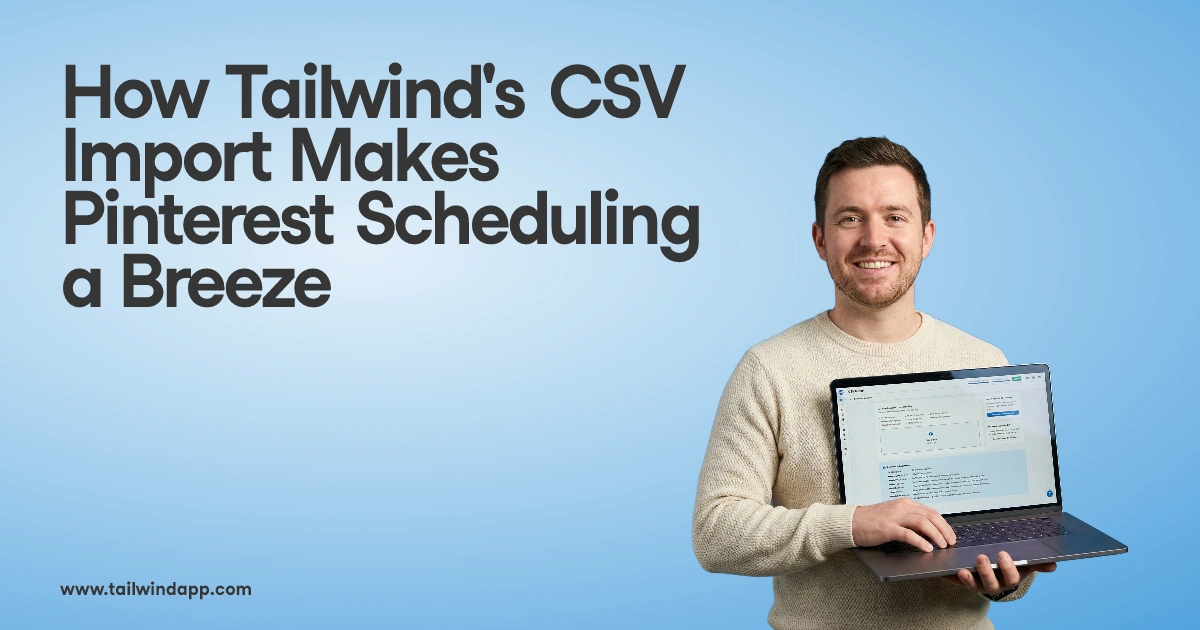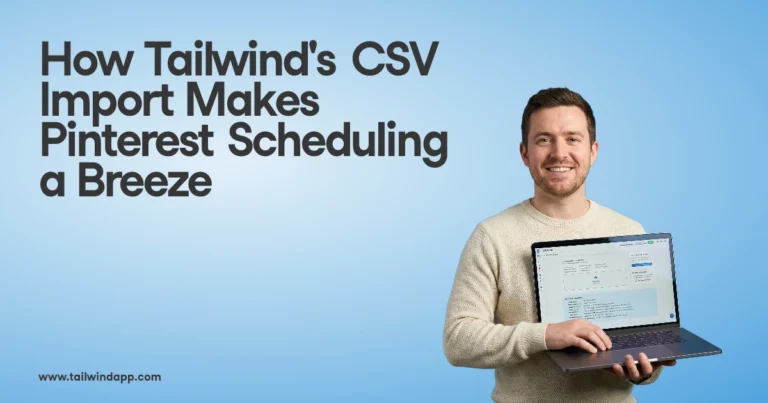
Let’s face it. When was the last time you really looked at your company marketing personas and actually used the information contained in them to create content from a different angle than the one you were going to take anyway? Never? Rarely?
Then why do we keep creating the same personas over and over again?
The answer is both simple and complex. Marketing personas are widely used and considered a staple for marketing. However, rarely are they referred to in day-to-day marketing practices. So what’s the disconnect – and what makes creating a marketing persona actionable?
The Persona Problem(s)
The issue with the way most marketers, especially small businesses, create personas is that they follow a template, one that has been passed on since the Tea Party in Boston was targeting who to invite. These template origins, of course, are lost in time.
We often start with demographics, and the data we gather is not bad. It might be great to know that Remote Working Rachel is 35, single, a digital nomad who often works on her tablet, shops at Whole Foods, and likes to test software with a free trial before she decides to make a purchase.
However, once she’s made a decision, she tends to be a loyal customer almost to a fault.
So what’s the problem? This data can often be too narrow and even potentially stereotyping.
Worse, it can even create bias about who you think your customers are, and in turn who your marketing is overwhelmingly geared to. And it may cause you to unintentionally exclude groups of people or demographics. We’ve seen this cause issues for large companies in the public eye.
That is the heart of the issue with personas as we know them. The information about them is certainly interesting, often well researched, but doesn’t lead to actions you can take as a company to improve your marketing. Even worse, the data may suggest actions that are not a priority and won’t really improve your bottom line.
Does this mean we should not develop marketing personas at all? Not in the least.
Instead, it means we need to do better. How do we do that? By starting with a different approach.
The Data We Need to Solve Problems
Rather than starting with a template of your customer base and working from there to solve their problems, instead ask yourself, “What marketing problems do we have that could be solved with more data about our potential customer?”
By starting this way, you are intentionally looking for actionable data. This might look like this:
- Determining the problems that data about our customers can solve for our team or our clients
- Deciding how to structure that data
- Determining what elements of a persona are needed to assist in a solution to the problem we are trying to solve
Ask yourself about the data you’re collecting, and what impact it makes on your marketing. How important is the age of your target persona? Does it matter if they are male or female? What about income level, social media profiles, and other data? Does it matter that you target persona is imaginative, organized, and prefers easy-to-use software that is intuitive and simple to learn?
This information may be really helpful, and you should consider it. However, you should also question what problem you are really solving.
Was your company planning to make hard-to-use, less-than-intuitive software before you read this?
Does this give you a better idea of how to market your software to Remote Working Rachel?
Maybe it does, but your personas can, and should be better. So how do you take the simple steps listed above and put them into action?
The Revised Persona Process
First, what we are really talking about here is doing less, but more meaningful work when it comes to personas. It’s not that we want less data, we just want better data! How do we get started?
Determine the data you, your team, or your client needs to solve a particular problem.
Example: You are selling B2B software that helps remote workers track their time and stay on task. Your ideal target customer is a freelancer or contractor, not an employee who uses their company-provided software.
What do you need to know about this customer? Some thought-starters: Where do these customers find information about new software, and what motivates them to buy?
Your persona might be simpler than you think. If you look at your target group, you may find they do more idea discovery on Instagram, only use Facebook for personal enjoyment, not work, and trust their peers and certain key websites in their niche when it comes to software recommendations.
Going deeper, you can look at what hashtags and topics they follow, what groups they are members of, and what key influencers they admire.
You might find interesting information. For example, you will learn that 59% of freelancers are male, and that most specialize in either web or app development or SEO and content writing tasks.
This leads us to the next important question though: how do you know this data is accurate?
Document the Source and the Accuracy of the Data You Have Gathered
No one is looking for your WAG when it comes to potential customers. Untargeted or mistargeted marketing is perhaps the largest source of waste in the industry, which likely motivated your boss to commission the persona creation in the first place.
So make sure your data is accurate. Whether you gather data from census and government data, industry or academic studies, or through original research, document where and how you got it. When you narrow your focus to more meaningful data, this is especially important, because then your organization (and you) can have confidence in the information you provided. Not to mention that it is also more actionable, and in many cases less specific.
And trust me, there is a reason it likely shouldn’t be.
Be Sure Your Data is Wide-Reaching Enough to Represent the Range of Customers Contained in the Persona
The problem with Remote Worker Rachel is that some things we may discover about her not only don’t matter but might limit our marketing efforts by creating a bias or an unconscious exclusion of groups who may actually purchase your product.
Instead, a persona with a wider breadth but more meaningful detail gives you actionable target audiences, something you can use to influence your ad campaigns.
Don’t Segment Data Unless You Need To
Unless you need to market to a particular group or demographic don’t segment your persona. Do you need to market differently to female freelancers? Are your current efforts not attracting those buyers? Do you need to segment by age, or simply by platform?
The point is to only segment when the data you need to solve a particular problem dictates it.
It may be enough to know that freelancers are primarily between the ages of 24-40, have an average income of $40-60K per year, and spend $1500 a year on average on software. Knowing where and how they buy should complete the data you need.
Of course, this will vary by industry, but as a general rule, segments should only be created when the needs of that segment are different enough for you to run campaigns only aimed at that group of potential customers.
Creating the Ultimate Persona
So if the old templates are out of date, if we shouldn’t use them, what should we use? The answer is as individual as the personas you create for your company. Once you determine the data you need, you can use almost any tool to create a persona template. From Google Docs to Word, Google Sheets, or excel, you can use whatever tools you are comfortable with.
You may also find some online templates that are editable enough for you to create a format that will work for you.
Hubspot has one that some industries may find useful, and you can delete categories, create new ones, and add the attributes that matter to you.
These can also give you a baseline of data and questions to answer. Developing your own template really involves the steps we have already talked about.
- Determine the data you need.
- Establish a format for that data.
- Set up a mechanism to document the source or sources of your data.
- Gather that data and fill in your persona template.
Perhaps the biggest obstacle you will face is creating buy-in for a new method of developing a marketing persona. Entrenched in the “we’ve always done it this way” mentality, it can be hard to break your supervisor and even your peers out of that way of thinking.
However, you may be able to approach it like this: if you are using more effective and efficient methods of creating an actionable persona, and your competition is doing it the way it has always been done, you will have an edge. And that edge, once you can prove the difference it makes, is the proof you need to change the mind of the doubters.
Once you are ready to take your digital marketing to the next level, check out the Tailwind app. It’s the social media scheduler that takes your digital marketing to the next level, keeping you in touch with the persona you have so carefully developed and cultivated, even when you are away from your phone or your computer.
Get started with your FREE trial today and see what Tailwind can do for you!








